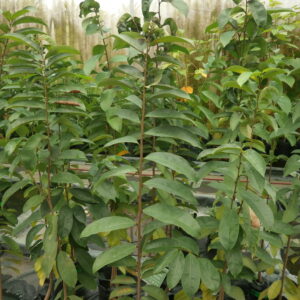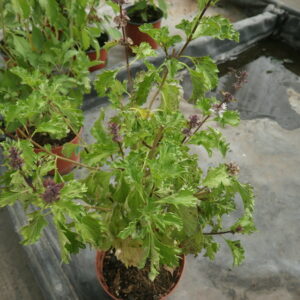
Basil, Tulsi Roma
₡1,900.00
Out of stock
Related products
-
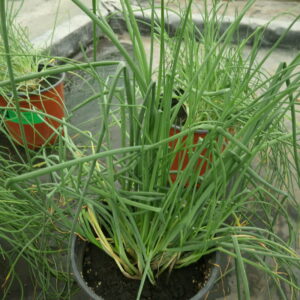
Chives
Culinary Garden ₡1,900.00 Add to cart
Chives
₡1,900.00
SKU: 0500 Category: Culinary GardenScientific name: Allium schoenoprasum
Family: Amaryllidaceae
Origin: Europe, Asia and N America
Medicinal use:Chives are eaten raw in salads, cooked, or prepared in various pickles and also as a culinary condiment; it is generally used dehydrated to flavor soups and stews
67 in stock
-
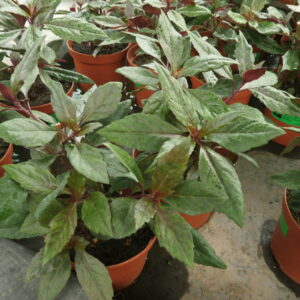
Spinach, Okinawa
Culinary Garden ₡1,900.00 Add to cart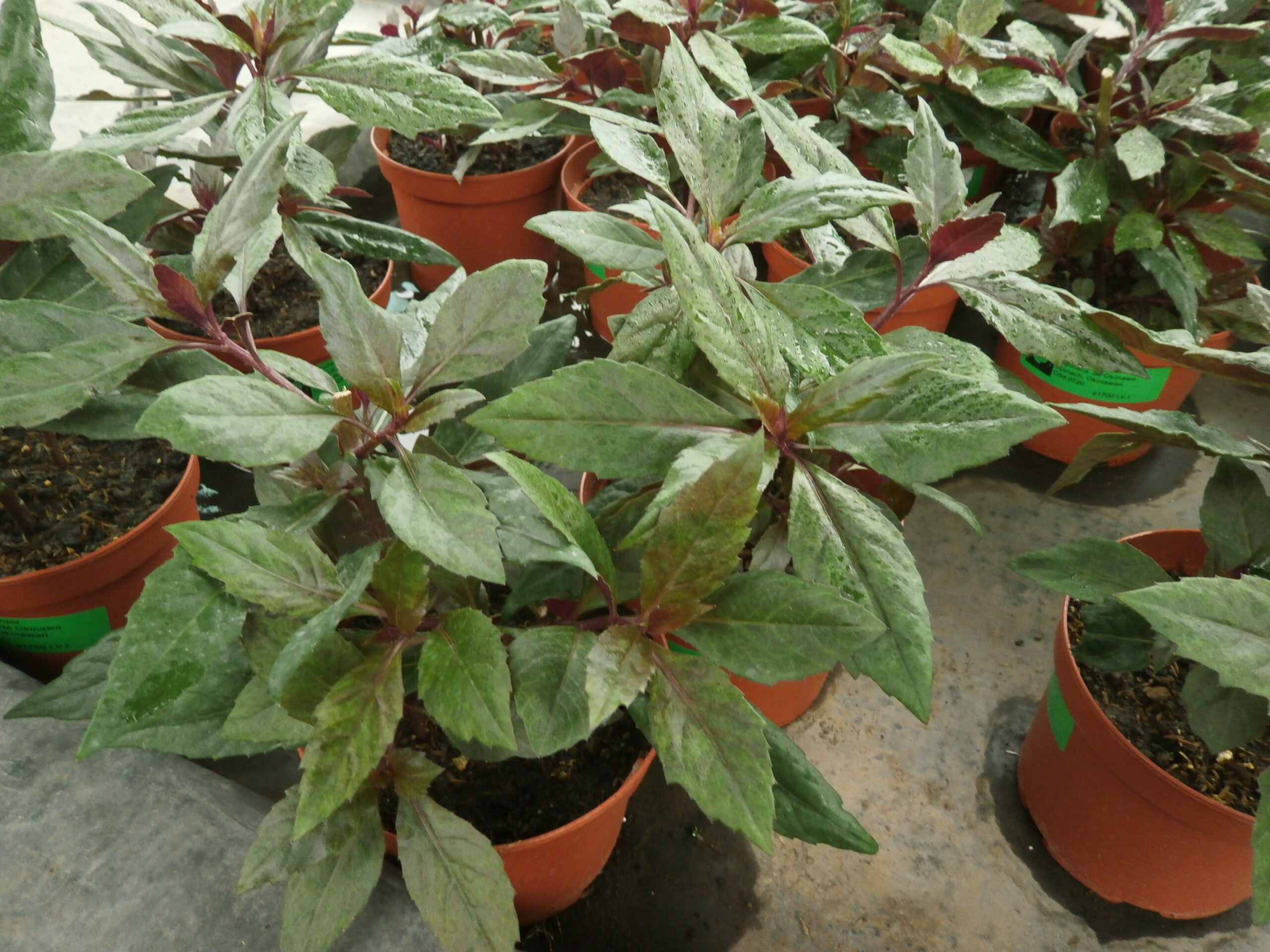
Spinach, Okinawa
₡1,900.00
SKU: 0720 Category: Culinary GardenScientific name: Gynura bicolor
Family: Asteraceae
Origin: S and SE Asia
Medicinal use:In Japan, Gynura bicolor is eaten as local vegetables in Ishikawa, Kumamoto and Okinawa and so on, it is lightly blanched and served with ponzu, as an ingredient in miso or tempura soup, the leaves are sautéed with sesame oil and ginger ( both hot foods). The stems and roots of the plant can also be made into tea by boiling them with water.
2 in stock
-
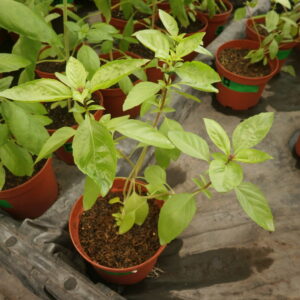
Basil, Thai
Culinary Garden ₡1,900.00 Add to cart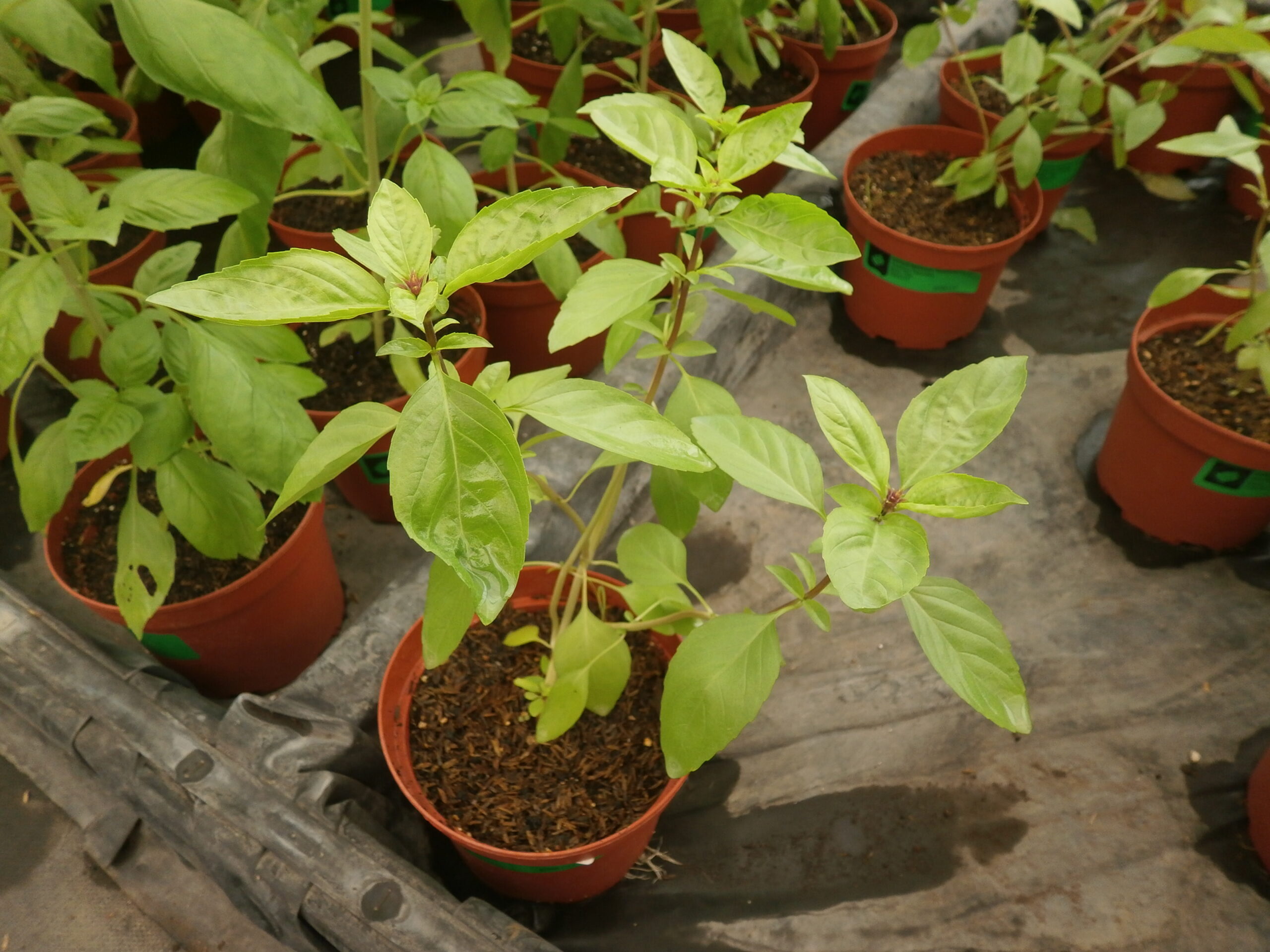
Basil, Thai
₡1,900.00
SKU: 0111 Category: Culinary GardenScientific name: Ocimum basilicum
Family: Lamiaceae
Origin: SE Asia
Medicinal use:Its flavor is highly described and argued, the first flavor that we will recognize is that of anise and we will notice hints of licorice, along with a spicy and sweet flavor. Gastronomy: It withstands high temperatures better than any other type of basil, including its simile, sweet basil. It is very typical in the dishes of Laos, Vietnam, Cambodia, and, of course, Thailand.
47 in stock
-
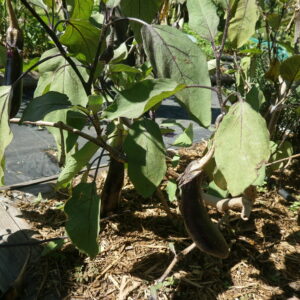
Eggplant
Culinary Garden ₡1,900.00 Add to cart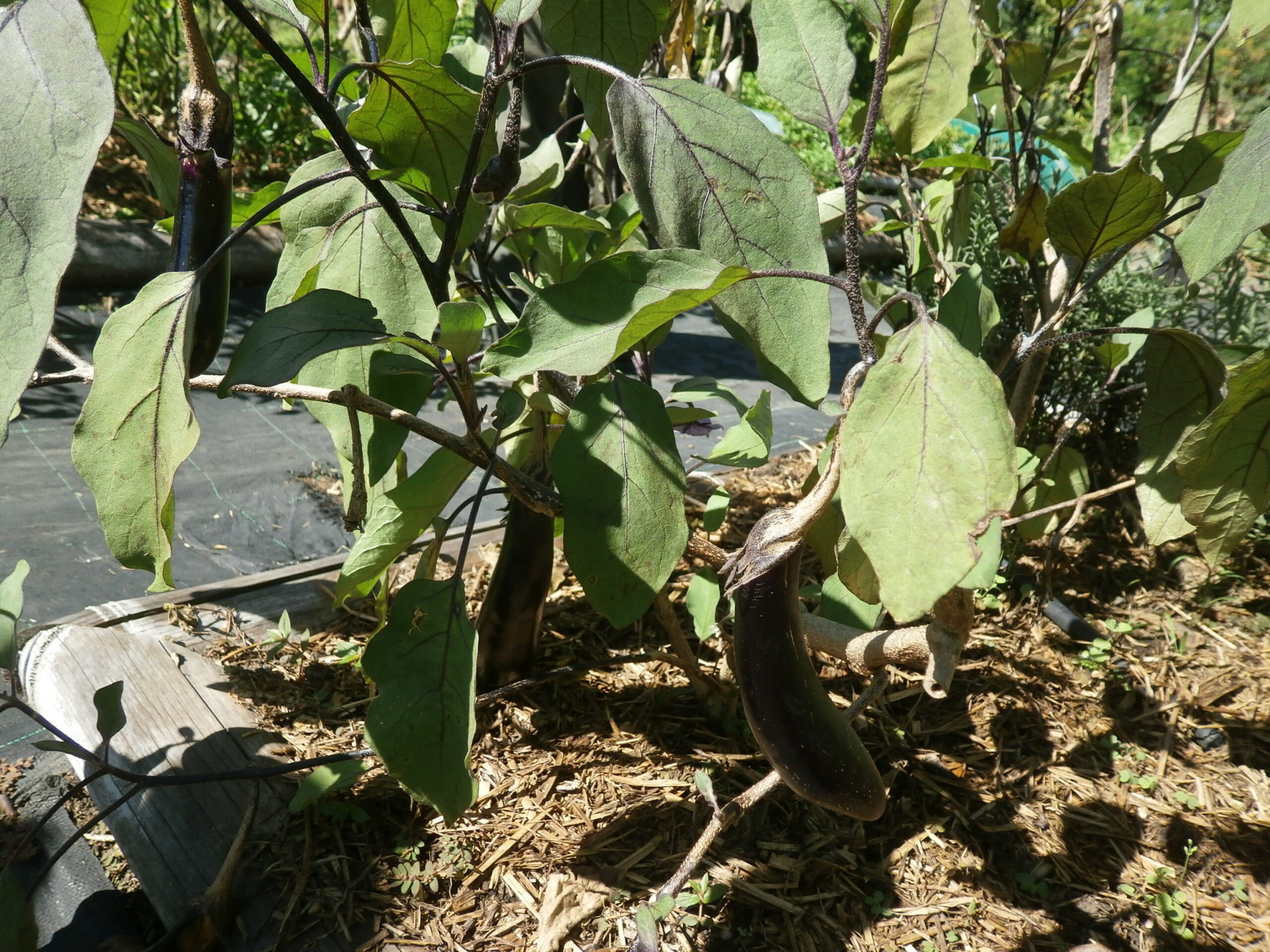
Eggplant
₡1,900.00
SKU: 0310 Category: Culinary GardenScientific name: Solanum melongena
Family: Solanaceae
Origin: S Asia
Medicinal use: The consumption of eggplant is recommended after a brief cooking and with its skin properly washed previously, since it is in this last part of the eggplant where antioxidants and fiber are found in greater proportions. We can include eggplant in a sauté, a sauce, an omelette, a vegetarian curry or, in a tasty salad. Eggplant is a very low-calorie vegetable because it has more than 90% water.
42 in stock

